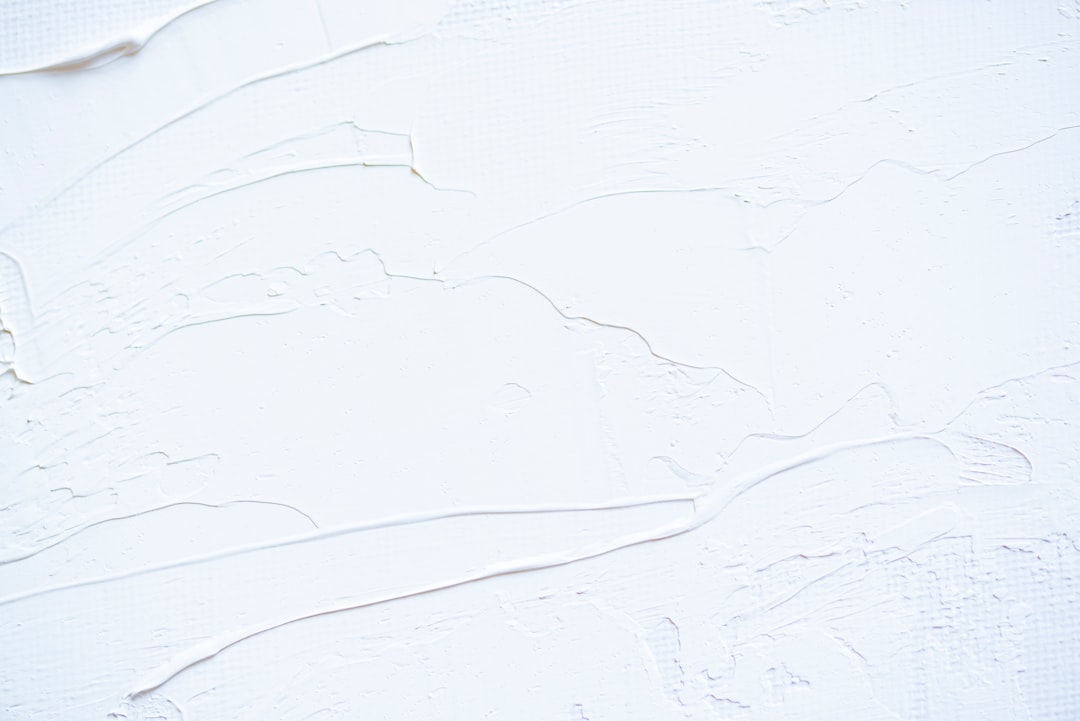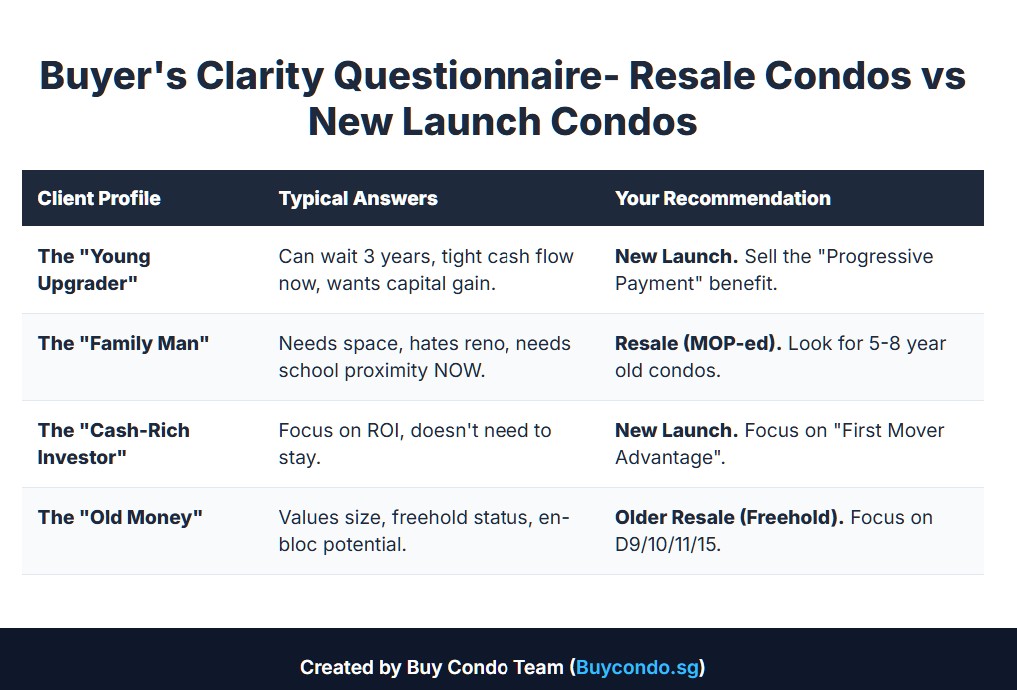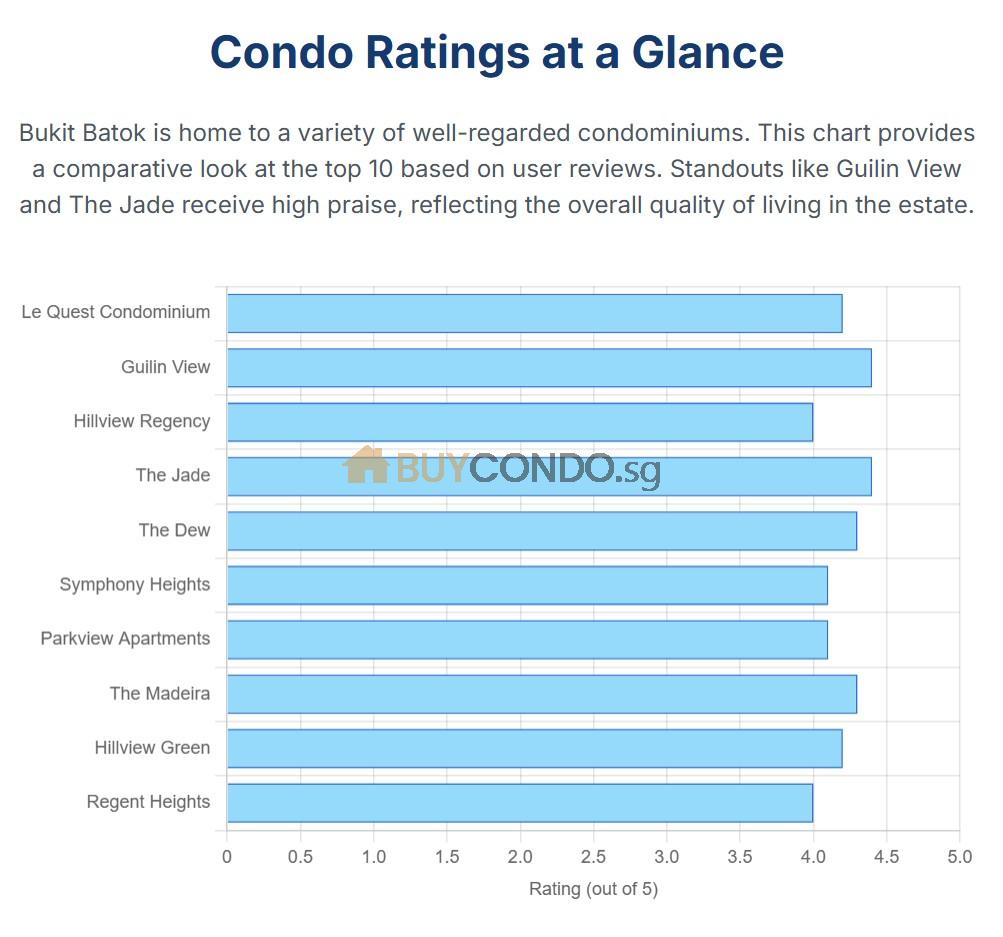Repainting walls in rental property
A brief guide to understanding the responsibilities for repainting walls in rental properties in Singapore, including tenant obligations, landlord responsibilities, and ways to avoid disputes.
Examples In a Nutshell:
Under Tenant’s Responsibilities
- Kids Drawings on the wall ( Under Tenant)
- Holes from Paintings. (Under Tenant, the landlord reserve the right to ask the tenant to reinstate the whole wall if it is patch up work is patchy)
- Dirty walls with signs of Shoe marks stepping/kicking the walls ( Under Tenant)
- Dings on the corner of the walls caused by Moving ( Under Tenant)
- Moulds on the Wall or Ceilings. ( If there isn’t any pre-existing, then will be under the Tenant)
Under Landlord’s Responsibilies
- The wall behind the bed headrest got dirty (Under Landlord)
- The wall on Spalling concrete n water seepage marks (Under Landlord)
- Decolour of Wall Colour (Under Landlord)
The above served as a guide based on 15 years of experience doing property management services for landlords renting to tenants. Ultimately, it shall be referencing what is mentioned in the tenancy agreement/Letter of intent, if any (such as to explicitly mention if the tenant requires or is not required to repaint the walls at the end of the lease) and/or mutually agreed. There is always a grey area is because either parties may have their own interpretations of wear and tear. If you engage BUYCOND Team services, you can just leave it all to your property manager.
Introduction: Exploring Repainting Best Practises in Singapore Rental Properties
In Singapore, the discussion regarding repainting walls within rental properties is a prevalent issue frequently between tenants and their landlords. This topic’s complexity lies in the various obligations for repainting, which can significantly affect the relationship between the two parties and their experience throughout the tenancy period. The core guidelines that govern these repainting duties are usually thoroughly detailed within the tenancy agreement. However, these guidelines are not always straightforward. They hinge on the concept of fair wear and tear. This principle is vital in delineating the extent of maintenance and refurbishment responsibilities that fall on the tenant versus those that the landlord should bear. This notion of fair wear and tear is critical as it helps to ensure that both parties have a clear understanding of their obligations from the onset of the tenancy, aiming to prevent potential disputes related to the property’s upkeep, including the condition of its walls.
Moreover, tenants and landlords must be adequately informed about their respective responsibilities and rights concerning repainting. This understanding is fundamental for fostering a harmonious rental relationship and ensuring that the property is maintained to a good standard. For tenants, knowing when and how they may need to repaint the walls—if the damage exceeds what is considered normal wear and tear—can help in planning and budgeting for such eventualities. On the other hand, landlords need to be cognizant of their role in maintaining the property’s overall condition, which includes undertaking necessary repainting works as part of routine refurbishments, particularly in between tenancies. This balanced approach to handling repainting responsibilities is essential for the rental property’s well-being and for minimizing conflicts throughout the rental agreement.
 Understanding Fair Wear and Tear
Understanding Fair Wear and Tear
Understanding the concept of fair wear and tear is pivotal for both landlords and tenants in Singapore to navigate repainting responsibilities and maintain a harmonious rental relationship. Fair wear and tear is recognized as the inevitable deterioration that occurs from the day-to-day use of a property, which does not result from negligence, carelessness, or intentional damage by the tenant. Examples of fair wear and tear include the natural fading of paint or wallpaper over time due to sunlight exposure, minor scuffs from moving furniture, or the gradual wear of flooring. These instances are generally accepted as the landlord’s responsibility to address, as they result from normal usage and aging.
Conversely, damage that falls outside the realm of fair wear and tear requires careful consideration and differentiation by landlords. Such damage might include significant holes in the walls from hanging pictures or shelving, heavy stains or burns on the carpet, or unauthorized alterations to the structure and decor of the property. In these scenarios, the tenant may be held responsible for the costs of repainting or repairs, as these damages exceed what is considered reasonable wear and tear. The distinction between fair wear and tear and excessive damage is crucial for resolving repainting responsibilities and plays a significant role in determining the handling of security deposits and potential deductions at the end of a tenancy. The criteria for fair wear and tear can also vary between residential and commercial properties, with commercial tenants possibly facing stricter guidelines due to the nature of business activities that may contribute to more significant wear or alterations to the property.
Tenant Obligations for Repainting Walls
In the context of rental agreements in Singapore, tenants must be vigilant about their responsibilities towards the maintenance and eventual condition of the property walls. This includes understanding when repainting is required due to damage surpassing the threshold of fair wear and tear. The specifics of what constitutes acceptable wear and tear versus damage necessitating repainting are typically detailed in the lease agreement. For example, slight discoloration or small marks on the walls may be considered normal after several years of occupancy. However, if a tenant leaves behind walls with large stains or significant damage from adhesives or mounting hardware, they may be obligated to repaint these areas to restore the property to its original state. Not adhering to these responsibilities can lead to financial repercussions, such as deductions from the security deposit. In more severe cases, if the security deposit does not cover the cost of repairs, landlords may pursue legal action to recoup the additional expenses needed to rectify the damage.
Moreover, the duration of the tenancy plays a critical role in determining the extent of repainting responsibilities. Tenants with short-term leases are less likely to cause wear and tear that reaches the level requiring repainting. Conversely, long-term tenants may naturally contribute to more noticeable wear on the property, although this does not automatically exempt them from repainting duties if the damage is beyond what is considered fair wear and tear. It is essential for tenants to conduct a thorough review of the property upon moving in and document its initial condition, perhaps through photographs or a detailed checklist. This proactive approach can serve as valuable evidence to negotiate repainting responsibilities and avoid potential disputes upon lease termination. Ultimately, a clear understanding and communication between tenant and landlord regarding the expectations for property maintenance, including wall conditions, can foster a harmonious rental relationship and prevent unwelcome surprises for both parties.
 Landlord Responsibilities for Property Maintenance
Landlord Responsibilities for Property Maintenance
Landlords in Singapore are primarily responsible for ensuring that rental properties are kept in good condition, which includes addressing the wear and tear that naturally occurs over time. This responsibility extends to repainting the property when it becomes necessary due to the aging process or to rectify the damage that falls outside the scope of fair wear and tear. For instance, if a property’s walls are significantly discolored or damaged beyond a tenant’s reasonable use, the landlord must undertake repainting as part of the property’s routine maintenance. Such actions uphold the property’s aesthetic appeal and market value, making it crucial for landlords to assess and address the need for repainting regularly.
Moreover, clear communication between landlords and tenants regarding maintenance responsibilities, including repainting, is vital in preventing disputes. Landlords should ensure that the lease agreement explicitly outlines the conditions under which repainting would be required and who would be responsible for its execution and costs. By doing so, both parties clearly understand from the outset, reducing the likelihood of misunderstandings. Additionally, it allows tenants to report issues proactively, knowing their concerns will be addressed without fear of unwarranted deductions from their security deposits. Such transparency in maintenance responsibilities fosters a positive landlord-tenant relationship, contributing to smoother tenancies and the upkeep of the property.
Commercial vs. Residential Rental Properties
The distinction between commercial and residential rental properties in Singapore significantly influences the guidelines and obligations related to repainting and general wear and tear. For instance, commercial properties, which often serve as spaces for businesses, retail, or offices, may endure a higher degree of wear due to heavier foot traffic or the specific activities conducted within. As a result, the lease agreements for commercial spaces frequently impose more stringent repainting obligations on tenants. This is in contrast to residential properties, where the wear and tear might be more consistent with living activities and thus, may require less frequent repainting.
Understanding the nuances between these property types is essential for both landlords and tenants. For commercial tenants, it’s crucial to be aware that their repainting obligations might extend beyond simple aesthetics to include compliance with branding requirements or to rectify any alterations made during the lease term. For example, a tenant operating a retail store might need to repaint the premises in specific brand colors before vacating, or to cover up wall damages from installed fixtures. Conversely, in residential leases, repainting is often expected to address discoloration or marks on the walls that exceed normal wear and tear, with a focus on restoring the property to a condition similar to when the tenancy commenced. As such, both parties must meticulously review and negotiate the lease agreement to ensure a clear understanding of these obligations and to prevent disputes.
Avoiding Disputes Over Repainting
To mitigate the risk of disputes over repainting in rental properties, both tenants and landlords should prioritize clear and documented communication from the outset of the tenancy. This can include the use of detailed photographs and comprehensive move-in checklists which serve as a benchmark for the property’s condition at the beginning of the lease. Such documentation is invaluable, as it provides tangible evidence that can clarify expectations and responsibilities. For example, if a tenant notices pre-existing wall damage during the initial walkthrough, documenting this can prevent them from being held responsible for these issues at the end of the tenancy.
Moreover, both parties should engage in regular dialogue regarding the upkeep of the property, including the condition of the walls. When potential issues are identified early, landlords and tenants can collaboratively decide on the best course of action, whether it involves minor touch-ups by the tenant or more significant repainting jobs to be handled by the landlord. Establishing a mutual understanding of what constitutes fair wear and tear versus damage requiring repainting is crucial. For instance, if a wall becomes discolored due to sunlight exposure, this might be considered fair wear and tear, whereas a large, unapproved mural would likely exceed this threshold and necessitate repainting. By fostering open communication and setting clear expectations around maintenance and repainting, both landlords and tenants can contribute to a harmonious rental experience and prevent disputes related to the property’s condition.
Financial Implications and Security Deposits : Repainting walls in rental property
Landlords can utilize the security deposit to cover repainting costs if the walls require refurbishment beyond fair wear and tear. Tenants can opt for professional cleaning services to ensure the property, including repainted walls, meets the standards needed for the deposit return. Understanding the financial implications of repainting obligations can help both parties plan and budget effectively throughout the tenancy. This knowledge is crucial for managing expectations and responsibilities related to the maintenance and condition of the rental property in Singapore.
In conclusion, navigating the responsibilities of repainting walls in rental properties in Singapore requires a clear understanding of fair wear and tear and the specific terms outlined in the tenancy agreement. Both tenants and landlords play crucial roles in maintaining the property’s condition, and open communication and detailed documentation can prevent disputes and ensure a smooth tenancy experience for both parties.















